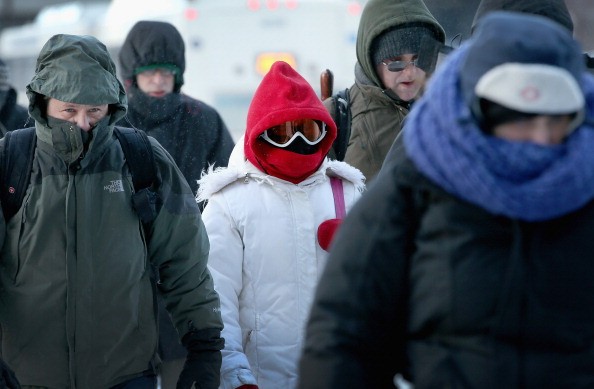
In parts of the United States overnight temperatures have had negative signs in front of them. High winds create a wind chill factor that drops these numbers even lower to create dangerously cold conditions outside.
When the outside temperature has fallen this low, hypothermia-a dangerous drop in the body's core temperature-can occur rapidly. Normally, the body maintains a steady temperature of around 98 to 99 degrees F. In hypothermia, the core temperature can drop below 95 degrees F because the body cannot replenish the heat being lost Hypothermia can be deadly and it can take only 15 to 20 minutes to set in if you are not properly dressed or if your clothes are wet.
Symptoms of mild hypothermia can include shivering and pale fingers and toes. Moderate hypothermia can cause violent shivering, lack of coordination, sluggish movement, and mild confusion. Fingers, toes, lips, and ears may turn blue. Severe hypothermia can cause a drop in heart rate and blood pressure, loss of coordination, and incoherent behavior. People in severe hypothermia may start taking off clothing in their confusion, making matters worse.
Children and the elderly are at greater risk for hypothermia.
Very cold temperatures and wind can cause frostbite on exposed skin.
Here are some tips on staying warm and staying safe in very cold weather:
Keep your head, face, and nose covered. Wear a hat that covers your ears
Dress in layers to help prevent heat loss.
Wear insulated, waterproof shoes
Wear thick, warm socks. Wool socks are best because wool stays warm even when wet.
Wear gloves or mittens and tuck the cuffs into your coat sleeves so that your wrists are covered.
Do not drink alcohol. It deadens your sensitivity to the cold.
If you or someone you are with starts to show signs of hypothermia, bring them somewhere warm immediately. Get them out of cold or wet clothing and give them something warm to drink. If they are showing signs of severe hypothermia, call 911 or take them to the hospital immediately.



